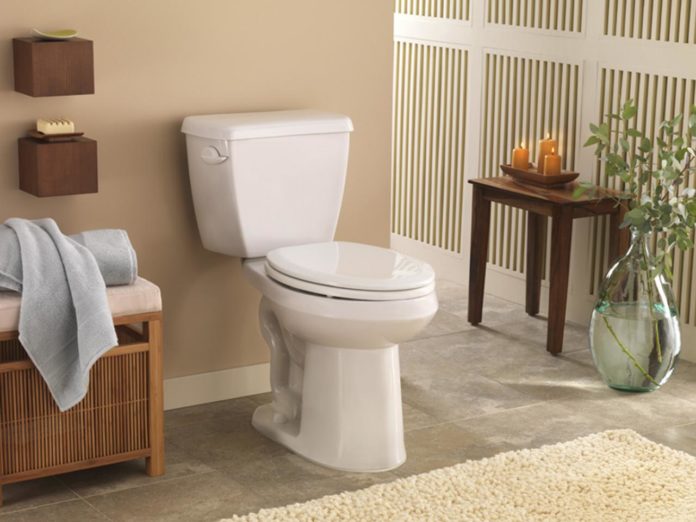
Every once in a while we get bored with old things, so the best course of action would be to upgrade. One thing that doesn’t come too often on the shopping list is a toilet.
Toilettes are indispensable when it comes to bathroom duties. Although they usually come with a pretty high price tag, they are the things that simply justify the price.
In this article, we are going to take a deeper look at the things that you should consider when purchasing a toilet. So, without wasting too much of your time, let’s get started.
Based on Performances
Funny as it sounds, toilets can be rated based on their performances. By this, we mean flushing ability. As you might suggest, not every toilet flushes the same, and some are stronger than others.
Flushing ability is usually tested by throwing in baby wipes and sponges, but it seems that plastic balls provide the best test results. Out of the three, it’s the plastic balls that require the most power to drown when water comes into contact with. And, as you might know, the more power the better the flush cleans the toilet bowl.
This ultimately is a very important criterion as the better the flush, the better the waste goes down the drain. And the better the clog, the less chance a clog will occur.
Based on Water Efficiency
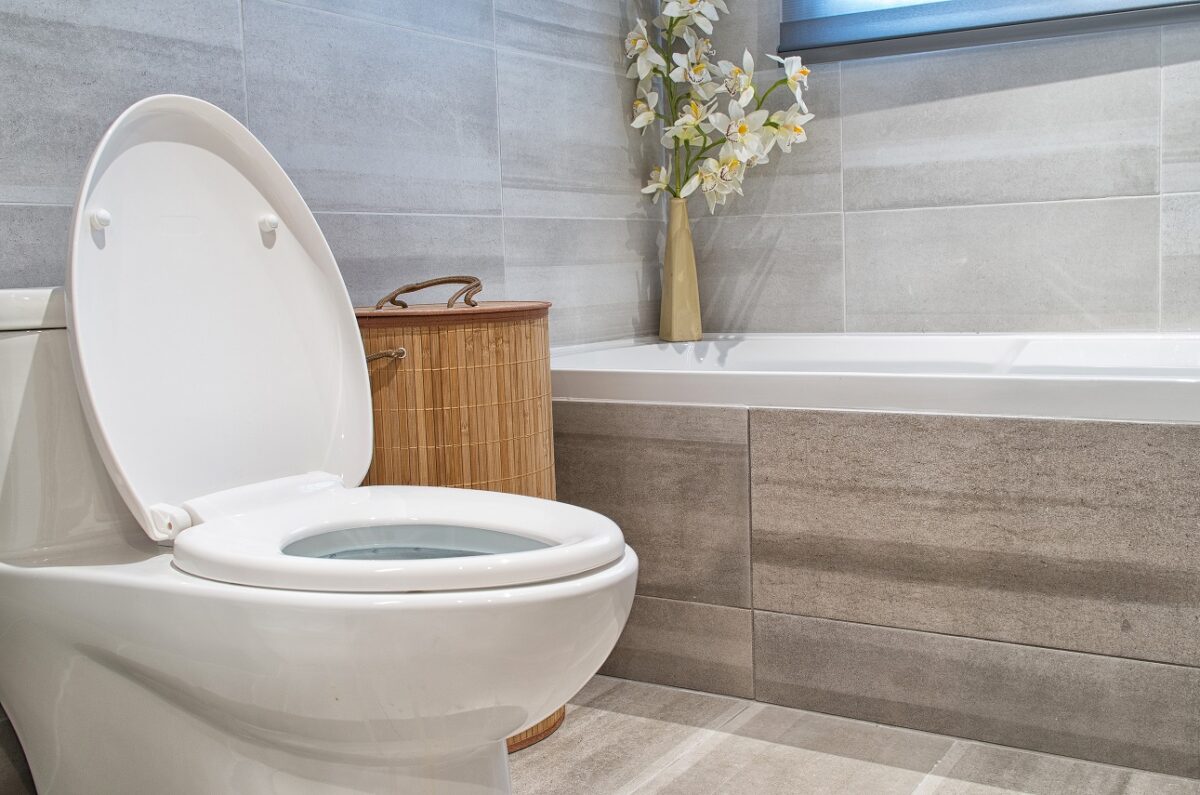
More water is required for a better flush, but more water isn’t always better. Water efficiency is a factor that many toilet manufactories have in mind when designing their products for the free market. And in recent times, water conservation is becoming an ever-growing issue in the US.
As a matter of fact, around 30% of all residential water in the US is toilet water. As much as 1.7 gallons of water go into every flush, so you can imagine the number of gallons per person per year in the US.
Naturally, this calls for certain standards in the industry, and the state of California has such standards that prohibit toilets from using more than 1.28 gallons of water per flush. This is one water efficiency standard that everyone should have in mind, and you should definitely have it the next time you go shopping for a toilet.
Based on the Size
As a general rule of thumb when purchasing any product is to always take into account certain measurements. If your previous unit measured the right size, then that could be a good place to start your shopping.
And like most things in the industry, there are certain standards that toilets are designed by. The standard size of toilets in the industry measured 12 inches, although 10-inch toilets aren’t something unheard of.
While the previous measurement was for the diameter of the seat, the next one accounts for the height of the unit itself. There is a term in the industry called “Comfort Height”. Comfort height refers to the recommended height of the unit that’s also perfect for the user, and it usually measures 17 to 19 inches.
You can visit toiletreviewer for some of the best toilets for 2024 that all take into account everything we’ve mentioned in this article.
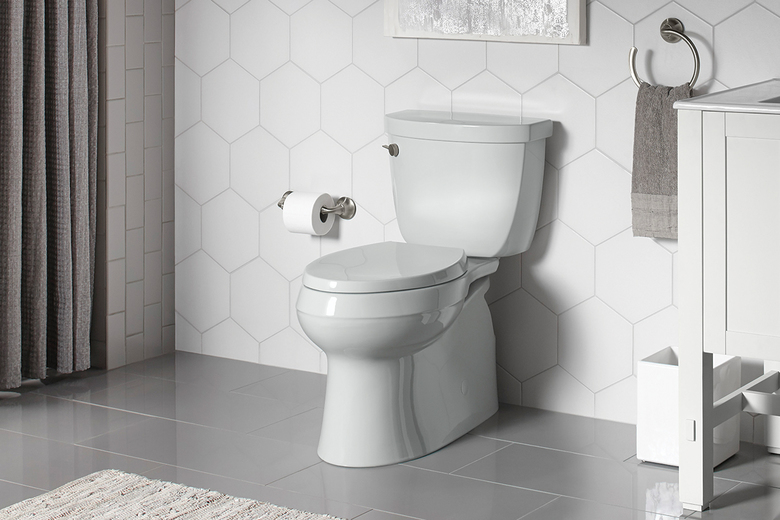
Now, let’s take a look at your options based on the types of toilets.
Toilet Types
1. Gravity-Feed
The most common type of toilets out there, the name suggests that water is released whenever the lever is pushed through the force of gravity.
Chances are you’ve used one of these, but did you know that they work with very little water pressure? As little as 10 pounds per square inch is more than enough for the flush to work. But why are they so common?
Well, their efficiency in cleaning the bowl is probably the reason why they are so effective. Since the flush valve can have a gap as big as 4 inches, it gives these models enough power to clean everything in their path. If we take into account the previous factors and not the 1.28 gallons of flush, these models do a remarkable job.
Now, let’s discuss the pros and cons.
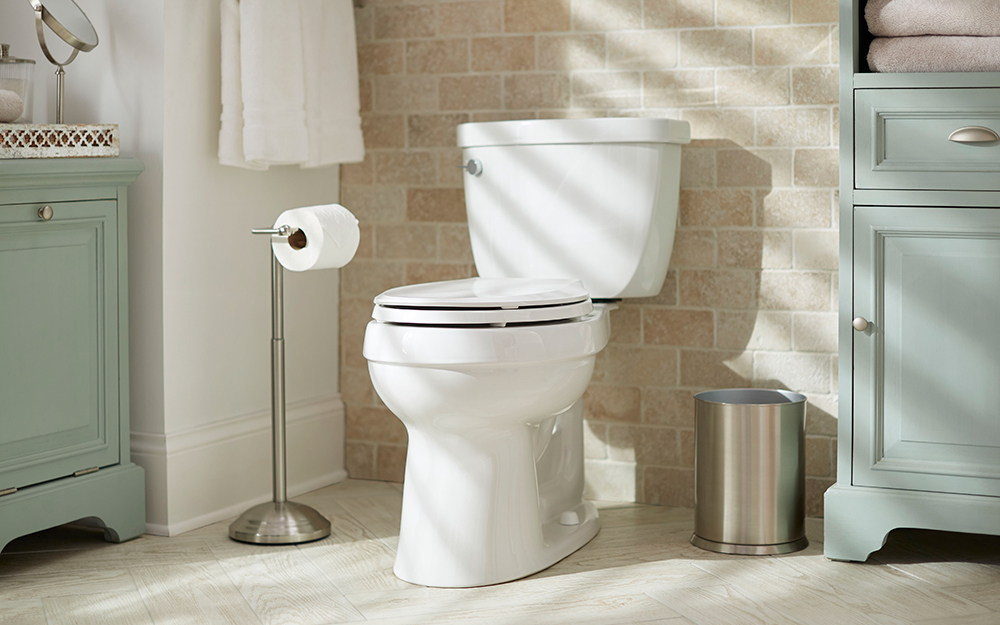
Pros: Since the valve of these models can be as much as 4 inches big, they flush more than the other model which we’ll discuss later. Furthermore, they are remarkably quieter than the other model, even if the valve is huge. Another pro when considering this model is the fact that they work excellently in cleaning the bowl.
Cons: The biggest downside to this model is mainly the price. Namely, gravity-feed models cost far more than the others and while there are some cheap alternatives out there, they simply don’t do the job properly.
2. Pressure-Assisted
Pressure-assisted models work entirely different from those gravity-feed ones.
These models work through air compression in a way that whenever the pressure compartment is activated, water runs down the waste line. With these models, water runs from all sides of the bowl, meaning that there is no centered position of flow, such as the gravity-feed ones.
This is significantly disadvantages since multiple flushing paths don’t have the same power as a centralized one. And while pressure-assisted models are commonly used by large families, they are simply very noisy and not many people prefer them.
Another downside to these models is the fact that they will not work unless your home has 25 pounds per square inch of water pressure. This is something that is an absolute must-have when buying these models, so do not neglect to check on it. As a side note, you could always check on your own by purchasing a gauge that costs nothing more than $10 and connecting it to an outside spigot.
Now, let’s discuss the pros and cons of pressure-assisted toilets.
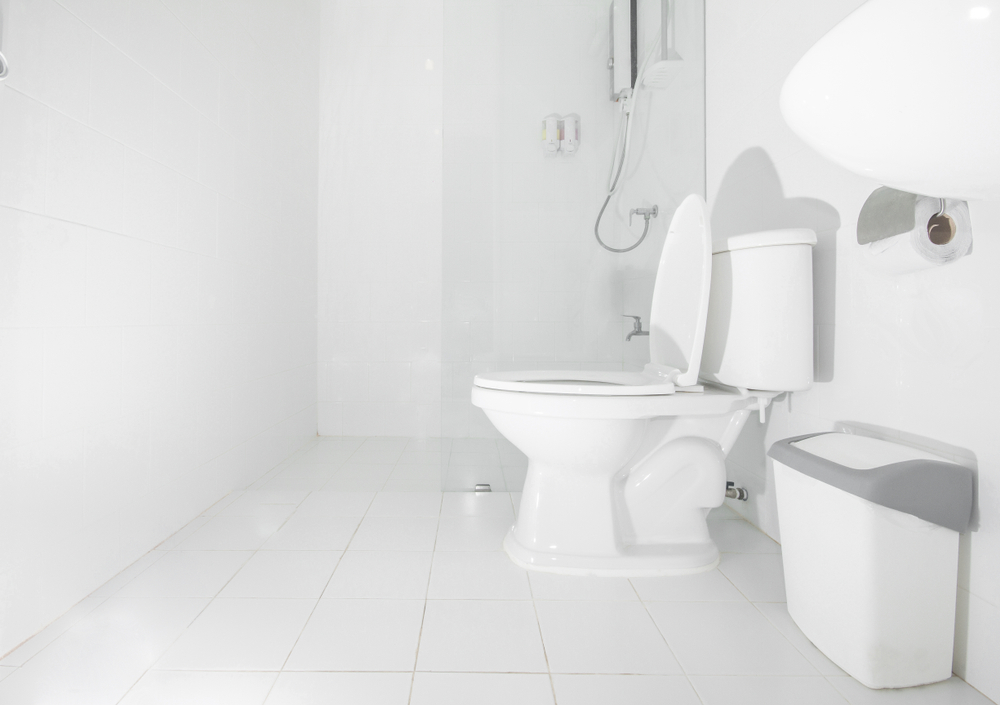
Pros: If the minimum water pressure is met, then pressure-assisted toilets do a great job in dispensing the optimal amount of water to flush.
Cons: While the pros are few, if any, for these models, the cons can sometimes overwhelm. Namely, the noise is a big factor to take into consideration. And to rub salt on the wounds, they can also be quite pricy.
















